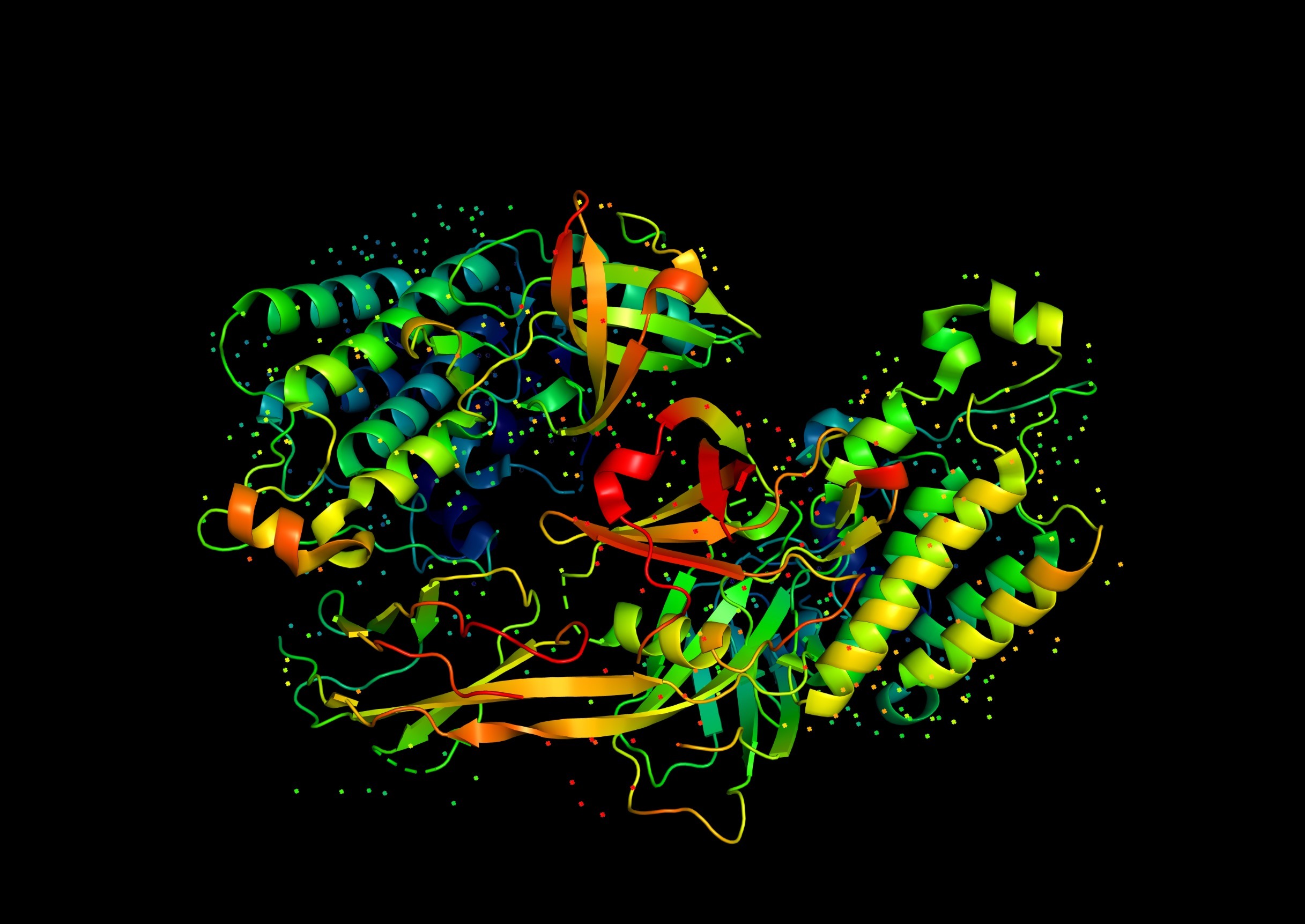Scaffold proteins are a class of proteins that play a crucial role in organizing and regulating cellular processes by providing a structural framework for protein-protein interactions. They act as molecular scaffolds, bringing together multiple signaling molecules and coordinating their activities within specific cellular compartments. Scaffold proteins often contain multiple binding domains or motifs that allow them to interact with various signaling molecules simultaneously.
Here are some key characteristics and functions of scaffold proteins:
- Organization of signaling complexes: Scaffold proteins facilitate the assembly of signaling complexes by bringing together specific signaling molecules into close proximity. By serving as a physical platform, scaffold proteins enhance the efficiency and specificity of signal transduction pathways.
- Protein-protein interaction facilitation: Scaffold proteins contain binding domains or motifs that can interact with multiple partner proteins. These interactions can involve enzymes, receptors, adaptors, and other regulatory proteins. Scaffold proteins help to bridge these interactions and stabilize the formation of protein complexes.
- Spatial and temporal regulation: Scaffold proteins play a crucial role in spatially and temporally regulating signaling pathways. They localize signaling molecules to specific subcellular compartments or microdomains, ensuring proper signaling activation and preventing signal leakage or crosstalk.
- Signal amplification and integration: Scaffold proteins can facilitate signal amplification by bringing multiple signaling molecules into close proximity, thereby enhancing the strength and duration of signaling cascades. Additionally, scaffold proteins can integrate signals from different pathways, allowing cross-talk and coordination between multiple signaling pathways.
- Regulation of protein stability and degradation: Scaffold proteins can also regulate the stability and degradation of signaling molecules by recruiting components of the ubiquitin-proteasome system or other protein degradation machinery. This helps to control the abundance and activity of signaling proteins in a spatially and temporally regulated manner.
- Role in cellular processes: Scaffold proteins are involved in various cellular processes, including cell proliferation, differentiation, apoptosis, cytoskeletal organization, and cellular response to environmental cues. They are essential for the proper functioning and coordination of these processes.
Examples of scaffold proteins include Grb2 (Growth factor receptor-bound protein 2), which acts as a scaffold in the MAPK/ERK signaling pathway; Shc (Src homology 2 domain-containing transforming protein), which is involved in multiple signaling pathways; and PSD-95 (postsynaptic density protein 95), which is a scaffold protein in neuronal synapses.
Overall, scaffold proteins provide a structural framework for protein-protein interactions, facilitating the organization, integration, and regulation of signaling pathways within cells. They are critical components in cellular signaling networks, ensuring the fidelity and efficiency of signal transduction processes.

Leave a Reply